The Company Building Chuck Wagons for Races and Cowboy Cookoffs
A South Dakota shop still builds the iconic wagons.
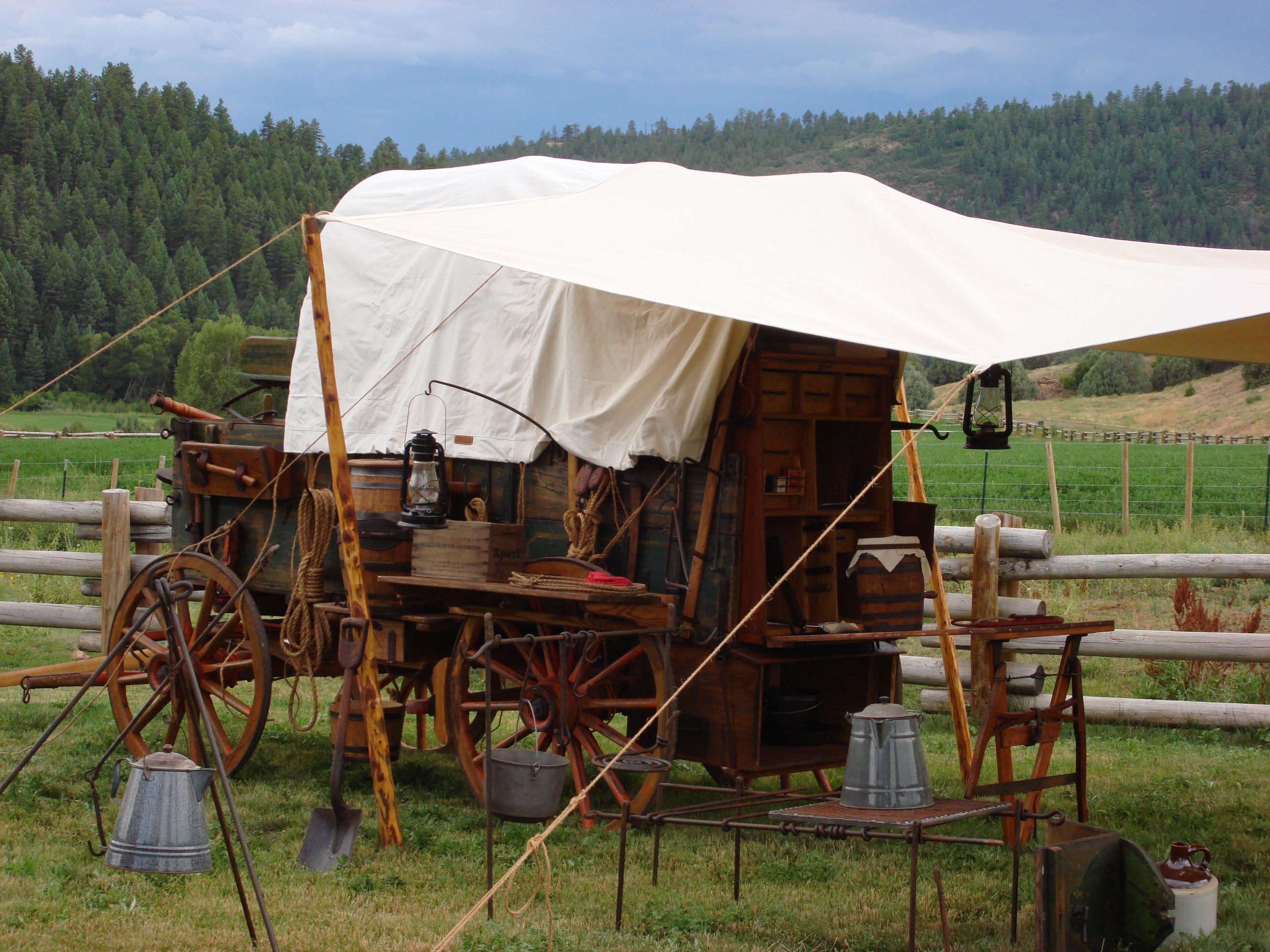
During the age of the cowboy, men drove vast herds of cattle across the American West from ranches to railheads, where they could be transported east to cities hungry for beef. The grasslands didn’t have many restaurants or pit stops, though, so to feed themselves, they traveled with chuck wagons—mobile kitchens loaded up with the necessary equipment to supply and shelter hungry cowboys. In a mere 20 years or so, they became iconic symbols.
Although their heyday ended more than a century ago, you can still get a chuck wagon, and you don’t need to build a time machine or rob a museum. Instead, there’s Hansen Wheel and Wagon Shop, in Davison County, South Dakota.
For 41 years, Doug Hansen and his family have sold new and reconstructed horse-drawn vehicles to museums, film companies, and Western fans. Hansen defines the chuck wagon comprehensively as a “factory made-vehicle that is retrofitted with the chuck wagon equipment, to support a cowboss and his dozen wranglers in a cross-country trek.”
While many suspect the chuck wagon’s origins reach back further, the generally recognized creator was Texas cattleman Charles Goodnight, who, in the 1860s, retrofitted a Studebaker wagon with everything his men needed to take a herd of cattle to New Mexico. Wagon manufacturers of the time included Bain, Newton, and Studebaker. While many know Studebaker as a type of car, Hansen scoffs. “They were a huge wagon maker. They were a small car maker.”
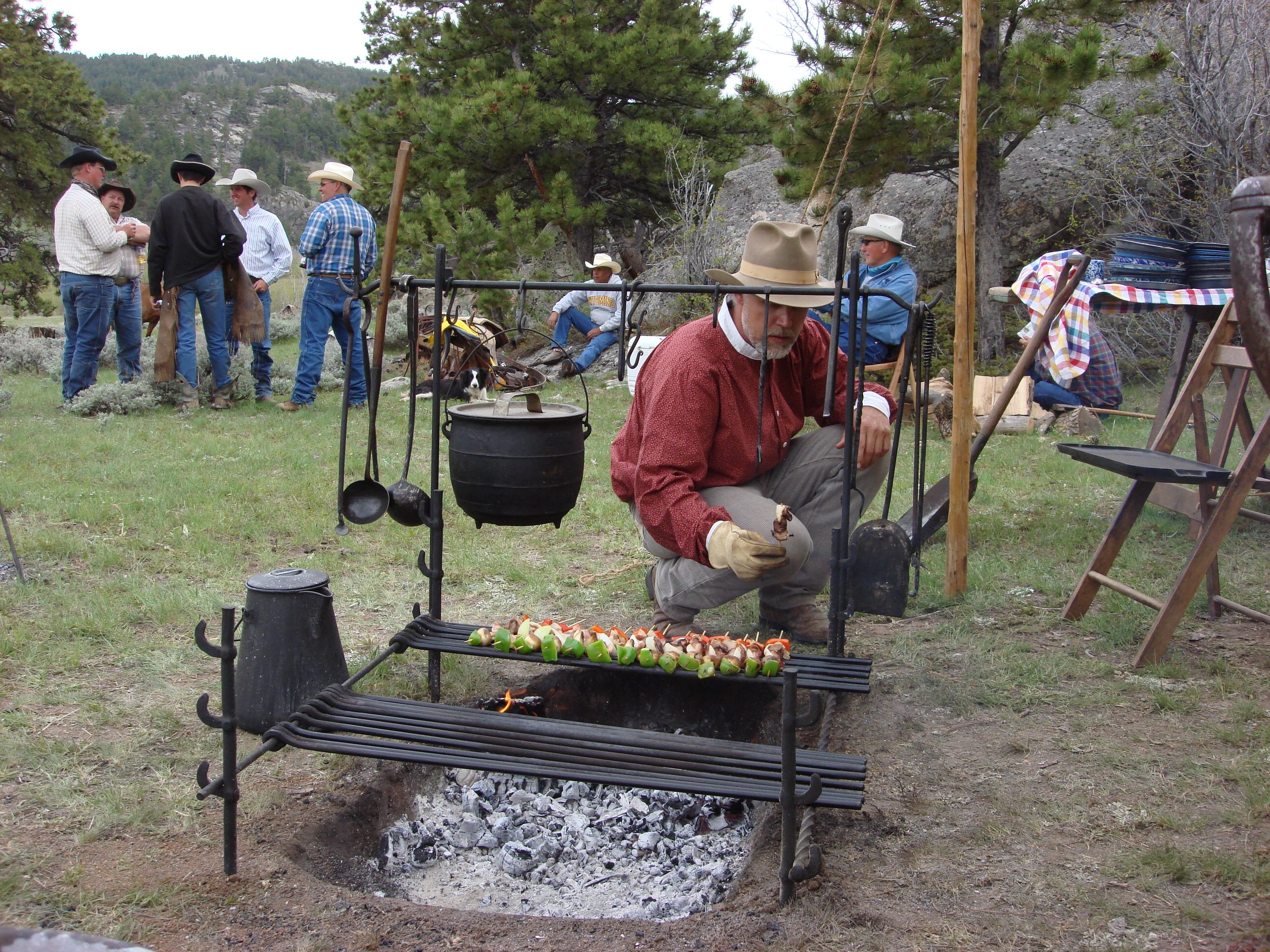
Several factors led to the end of cattle drives. In the 1880s, settlers and ranchers began enclosing their land with barbed wire, a relatively new invention, and a particularly cold winter devastated the cattle industry. Chuck wagons continued to appear at some roundups, says Hansen, where mixed cattle are sorted by owner before being taken to market. But with trails blocked and railroads expanding, most cowboys no longer needed chuck wagons.
Still, Hansen finds plenty of customers for his $20,000 to $30,000 replicas and restorations. (He also offers blueprints for $29.95.) He keeps an eye out for “barn finds,” which are vehicles unearthed from storage spaces, which he refurbishes and sells. These days, there are fewer and fewer barn finds. But 40 years of rebuilding wagons was good preparation for making wagons from scratch.
“We’re kind of set up like a wagon shop, pre-Industrial Revolution,” Hansen says. He employs a wheelwright, a wainwright (who builds the chassis of the wagon), and a blacksmith, while Hansen acts as a researcher and historian. “It’s a lifetime of uncovering lost knowledge,” he says. To build historically accurate wagons, he pores over old trade journals, diaries, and illustrations. He and his wife are constantly stopping at museums, mainly to examine their horse-drawn vehicle collections.
Hansen’s inspiration largely comes from his surroundings. “Out in front of our shop is a stagecoach trail that goes up into North Dakota,” he says. Literature motivated him as well, especially the writings of pioneer Laura Ingalls Wilder. “You know I read those books when I was a kid.” Since then, he’s been intrigued by the self-sufficiency and fortitude needed to travel long distances by wagon.
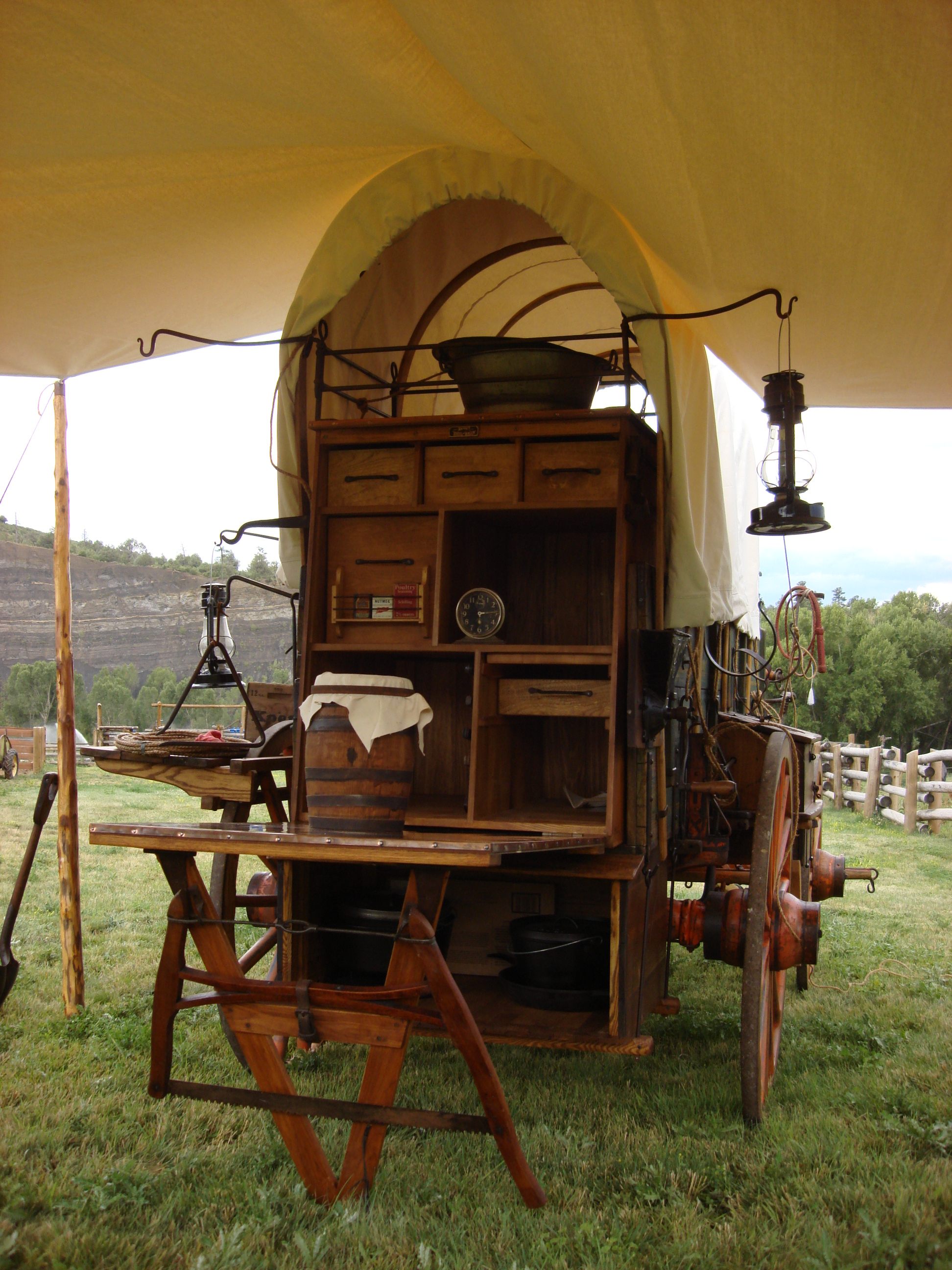
Building a chuck wagon from scratch, he says, usually takes around 750 hours. First, they build the wheels and the wagon body. Another step is steaming slats of wood to form wagon bows, which they do by putting them in a sealed vessel filled with steam until they’re soft enough to bend by hand. (“Kind of like when you put the noodles in the spaghetti pot.”) When attached to the body, the bows give many wagons their iconic rounded look.
On the back of the wagon, they bolt in the chuck box, which Hansen describes as a combined cupboard and workspace that folds down as a work table. It stores cooking utensils, spices, and essential ingredients, such as dried beans and coffee. The favored brand during cattle drives, Hansen notes, was Arbuckle’s Ariosa coffee, which came packaged with a peppermint stick. The cowboy who helped the cook grind the coffee got the candy.
Underneath the chuck box, they install a pan boot to hold heavy pots and pans, such as a Dutch oven, which could bake well when surrounded by coals. But much of a cowhand’s food supply was on the hoof. Along with salt pork, beef was a constant. One legendary meal was sonofabitch stew, made with the offal of a calf.
Many historical chuck wagons also featured an uncured rawhide tacked beneath the box. The stretchy hide, called the possum belly, served as a pouch for any fuel encountered along a journey across treeless prairie, whether that meant cowpats or driftwood in a stream. “It’s what I would call the ultimate support vehicle,” says Hansen, carrying fuel, food, cooking implements, a water barrel, and bedding. This did not make for light wagons. Hansen notes that loaded chuck wagons could weigh several tons.
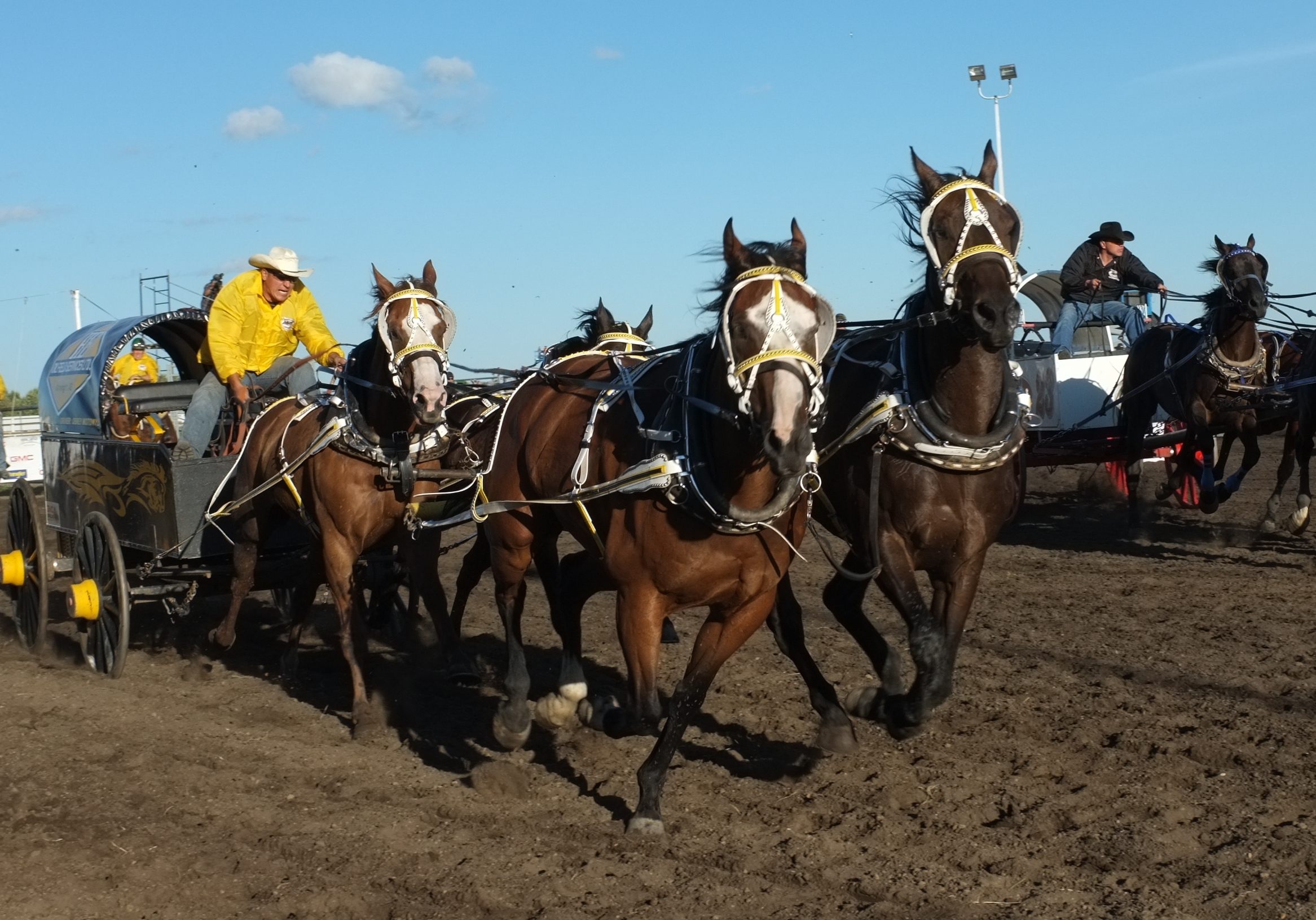
Hansen Wheel and Wagon Shop serves a surprisingly large and lively community of chuck wagon enthusiasts, and supplies a number of events where they play an integral role. Tens of thousands gather each Labor Day weekend to witness the National Championship Chuckwagon Race in Arkansas, the largest in the nation. However, the roots of chuck wagon racing lie north of the border—chuck wagon races have taken place at the Calgary Stampede since 1923. A racer, Hansen says, recently asked him to make his chuck wagon speedier. So they modified the wagon’s axles to reduce friction, adjusted the hitch so that it pulled at a better angle, and redid the wheels.
For those more interested in chuck wagons’ culinary possibilities, there’s the chuck wagon cookoff circuit, where teams travel and compete to produce award-winning fare from their chuck wagons. Hansen notes that his company is a member of the American Chuck Wagon Association, an organization formed in 1997, according to the website, to “preserve the heritage of the chuck wagon and its use in the short, but significant, era of the cattle drives.”
The ACWA keeps a comprehensive list of chuck wagon cookoffs and offers advice and guidelines on holding competitions. Judges typically weigh in on vehicle authenticity and the best food made wagon-side. For historical accuracy, most cookoff offerings are classics such as chicken-fried steak and cobbler. Hansen says his favorite cookoff takes place at the weeklong Cheyenne Frontier Days celebration in Wyoming, where, this year, attendees can sample chuck wagon cooking between rodeos and a Post Malone concert.
The ACWA website boasts of a successful campaign to have the chuck wagon declared Texas’s state vehicle, but it also describes a worldwide membership of chuck wagon enthusiasts. Hansen himself says the appeal of the American West—and the chuck wagon—is universal. He’s shipped wagons to Germany and Japan. “The American West and the American cowboy is epitomized and lived around the chuck wagon,” says Hansen, and there’s no sign that their trail has ended yet.
Gastro Obscura covers the world’s most wondrous food and drink.
Sign up for our regular newsletter.



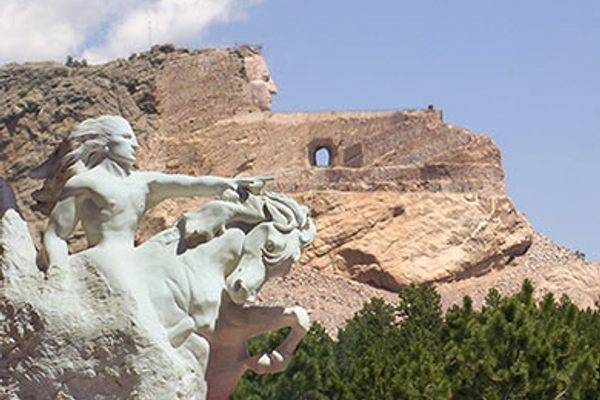

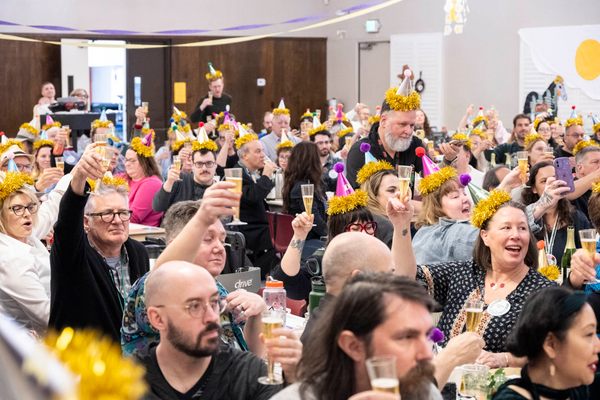





















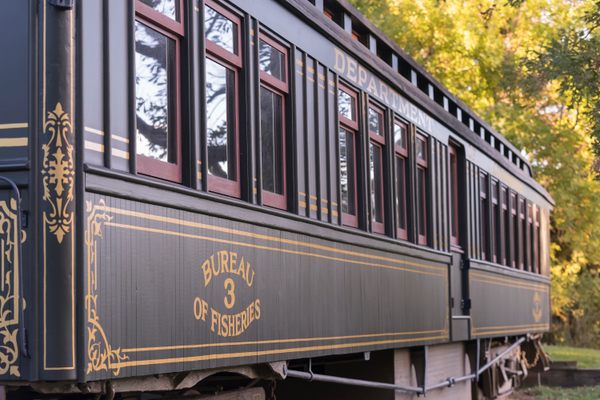

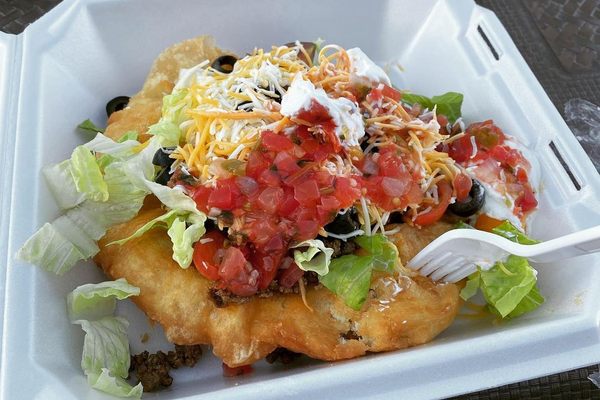

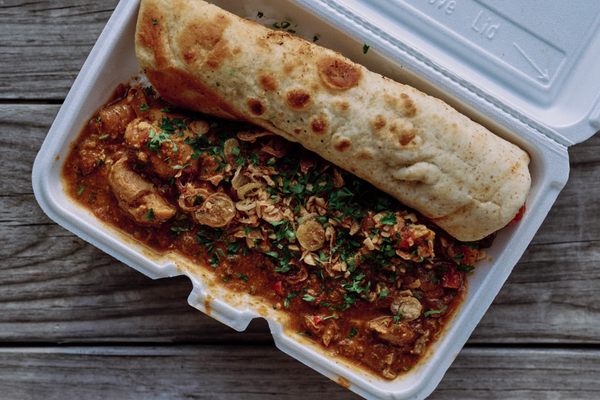


Follow us on Twitter to get the latest on the world's hidden wonders.
Like us on Facebook to get the latest on the world's hidden wonders.
Follow us on Twitter Like us on Facebook